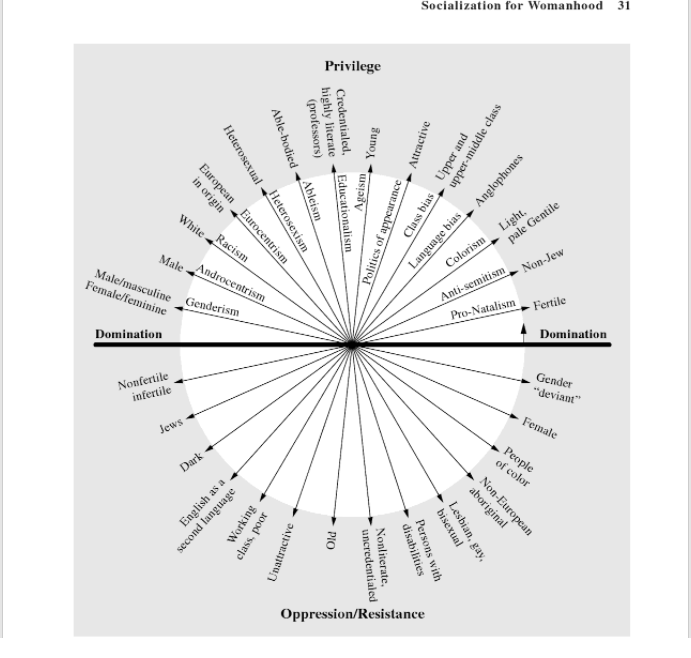Crash Course in Intersectionality
Authors: Matthew Klein, Jessa Nootbar
Subject: Social Studies
Topic: Integrated
Grade Levels: High School: 11 Grade, 12th Grade
Overview:
This lesson serves to introduce students the concept of intersectionality to help them gain a new framework for better examining themselves and how they fit into the world around them.
Time: 50 minutes
Lesson Plan Resources:
Lesson Objectives:
- Explore the concept of intersectionality.
- Analyze current social problems in the United States.
- Examine these social problems through an intersectional lens.
- Reflect on their own intersectional identities.
Essential Questions:
- What is intersectionality?
- How can an intersectional lens be applied when examining social problems?
- What are privilege and oppression and why is it important to understand them?
Standards:
CCSS W 11-12.1: Write arguments to support claims in an analysis of substantive topics or texts, using valid reasoning and relevant and sufficient evidence.
HSS 11.11: Students analyze the major social problems and domestic policy issues in contemporary American society.
Vocabulary:
Intersectionality: Coined by Kimberlé Crenshaw in 1989, intersectionality refers to an analytical framework that views people through the interaction of their social identities (including gender, race, sexual orientation, socioeconomic class, etc.) resulting in a unique lived social experience of oppression and privilege, as opposed to an additive model of oppression that views people as the sum of their social identities.
Privilege: Operates on personal, interpersonal, cultural, and institutional levels and gives advantages, favors, and benefits to members of dominant groups at the expense of members of target groups.
Oppression: The combination of prejudice and institutional power which creates a system that discriminates against target groups and benefits other dominant groups.
Teacher Background:
The teacher should be familiar with Kimberlé Crenshaw’s concept of intersectionality.
Materials:
- Computer
- Projector
- Speakers
- Whiteboard
- Intersecting Axis handout (see above)
- Highlighters or colored pens
Instructions:
Introduction (25 minutes)
- The teacher will inform the class that the lesson will focus on intersectionality. The teacher can ask for a show of hands of students who are familiar with the term.
- The teacher will begin the lesson by showing a TED Talk on Intersectionality.
- Before beginning the video, the teacher should inform students that the speaker, Kimberlé Crenshaw, is a law professor who coined the term “intersectionality” in 1989. Additionally, the teacher should give a content warning for the video for discussion and depiction of police brutality, death, and anti-Black racism.
- During the beginning portion of the TED Talk, when the audience does the stand up/sit-down activity, encourage students in the room who are able to participate to do it along with the video.
Assessment Ideas:
The student will choose a social issue they care about and write a 2-page (double-spaced) paper about the intersectionality of that issue that might be often ignored. Some topics may include hate crimes, poverty,
Relevant Resources:
Crenshaw, Kimberlé Williams. “Mapping the Margins: Intersectionality, Identity Politics, and Violence Against Women of Color”. In: Martha Albertson Fineman,
Author Information:
Matthew Klein and Jessa Nootbaar are Education Interns at Our Family Coalition in San Francisco, CA.

